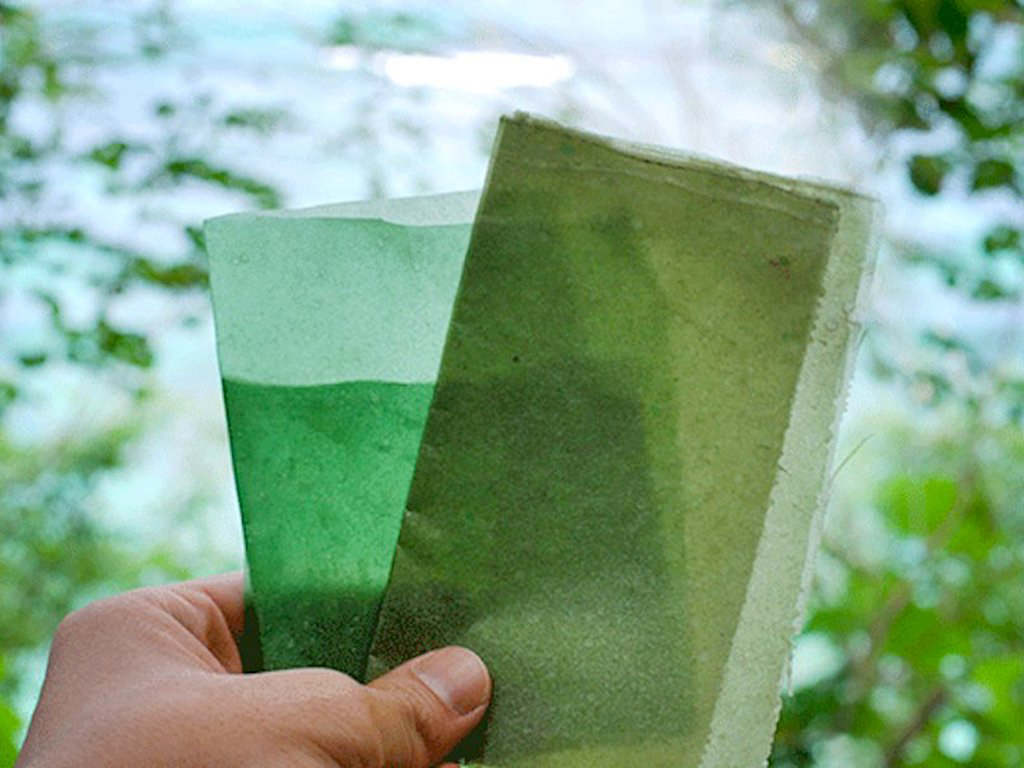
Swanline Cygnus Eco Board alternative to PVC for print and graphics
Swanline Cygnus Eco Board is a fibre-based board suitable for print, graphics, packaging (including food contact) and point-of-sale (POS). It is resistant to water and moisture, and so suitable for temporary outdoor signage and short term moisture sensitive signage and packaging. It provides an alternative to plastic for graphics applications, such as polyethylene (PE) coated paper, high impact polystyrene (HIPS) and even aluminium composite panels. Available in a range of thicknesses, it is recyclable, compostable and available with up to 70% recycled content. Image Swanline.









































































































